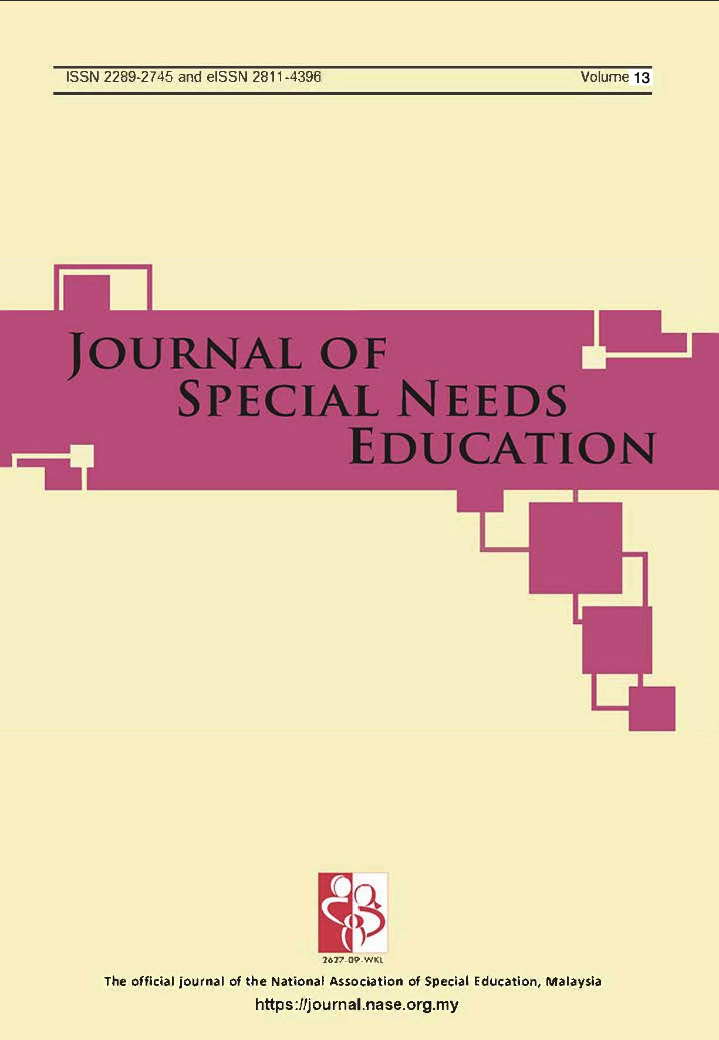Abstract
Occupational therapy may have essential benefits in handwriting intervention for children with handwriting difficulties (CwHD). This study aims to evaluate the effectiveness of the Occupational Therapy Handwriting Interventions Guidelines (OTHIG) in enhancing handwriting performance among children. However, this manuscript will only highlight the protocol for a clustered-randomised controlled trial (c-RCT) which was conducted before the intervention. Forty-two children with occupational therapy indications and handwriting issues, aged five to nine years, recruited from private centres, were assigned to the experimental and control groups. Participants received a total of 10-week sessions, including training, intervention, and outcome measures. The experimental group received the developed OTHIG during handwriting skills intervention. Meanwhile, the control group received conventional interventions without being exposed to the OTHIG. Two outcome measures, The Print Tool and Test of Visual Perceptual Skills 4th edition were measured at baseline and post-intervention levels. The effectiveness of the developed OTHIG was investigated using covariance analysis. Effects on both outcome measures were calculated by the difference between mean group scores, accounting for baseline scores. This study is expected to provide evidence for the effectiveness of using the developed OTHIG to Occupational Therapists (OTs) in delivering their services, targeting on children struggling with handwriting skills.

This work is licensed under a Creative Commons Attribution-NonCommercial-NoDerivatives 4.0 International License.
Copyright (c) 2024 Journal of Special Needs Education

